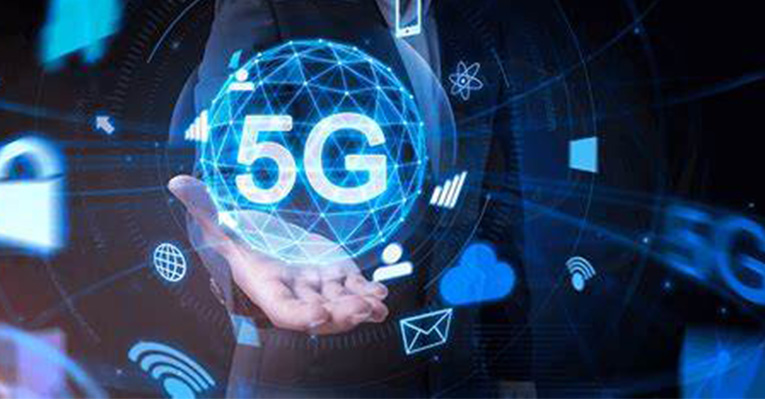Welcome: Shenzhen Limei Technology Co., Ltd
Email: szlimei@tddfdd.com
- TOP
- 13025463935
- Online
- WhatsApp code


5G, short for fifth-generation wireless technology, is the latest advancement in mobile telecommunications. It represents a significant leap forward from its predecessor, 4G LTE, in terms of speed, capacity, and latency. Here's a deeper explanation of the key aspects of 5G technology
1. Speed
5G offers significantly faster data speeds compared to previous generations. It can deliver peak download speeds of up to 10 gigabits per second (Gbps) and upload speeds of up to 1 Gbps. This means that downloading and uploading large files, streaming high-quality videos, and accessing data-intensive applications can be accomplished much more quickly.
2. Low Latency:
Latency refers to the time it takes for data to travel between a source and a destination. 5G aims to provide ultra-low latency, reducing the delay between devices and the network. With latency as low as 1 millisecond (ms), 5G enables real-time communication and supports applications that require immediate responsiveness, such as autonomous vehicles, remote surgery, and augmented reality (AR) gaming.
3. Increased Capacity
5G networks have a higher capacity to handle a significantly larger number of connected devices simultaneously. This is achieved through advanced technologies like massive Multiple Input Multiple Output (MIMO) and beamforming. These techniques allow multiple data streams to be transmitted and received simultaneously, improving network efficiency and reducing congestion in densely populated areas.
4. Spectrum
5G utilizes a broader spectrum range compared to previous generations. It includes both lower frequency bands, which offer wider coverage and better penetration through obstacles, and higher frequency bands, which provide higher data rates but have shorter range. The use of higher frequency bands, including millimeter waves, allows for increased data capacity and faster speeds in urban areas.
5. Network Slicing
One of the innovative features of 5G is network slicing, which enables the creation of virtual networks tailored to specific applications or user requirements. Network slicing allows operators to allocate dedicated portions of the network to different services, such as autonomous vehicles, industrial automation, or smart cities. This ensures that each service receives the necessary network resources and quality of service (QoS) to function optimally.
6. Internet of Things (IoT) Enablement
5G is designed to support the massive connectivity requirements of the Internet of Things. It can accommodate a vast number of IoT devices, ranging from sensors and smart appliances to autonomous machines. With 5G, IoT devices can benefit from low latency, extended battery life, and improved coverage, enabling more efficient and widespread deployment of smart devices and services.
7. Enhanced Mobile Broadband (eMBB)
5G provides a superior mobile broadband experience, allowing users to enjoy ultra-high-definition (UHD) video streaming, virtual reality (VR), and augmented reality (AR) applications on their mobile devices. The increased speed, capacity, and low latency of 5G make it possible to deliver high-quality content and immersive experiences seamlessly.
Overall, 5G technology offers transformative improvements in speed, capacity, latency, and connectivity, paving the way for a wide range of innovative applications and services across industries and sectors. Its capabilities empower new use cases, drive digital transformation, and facilitate the development of a highly interconnected and intelligent world.
Contact: Sorho
Phone: +8613025463935
Email: szlimei@tddfdd.com
Add: 1006, 10th Floor, Shajing Yunhua Times Building, Shenzhen, Guangdong, China